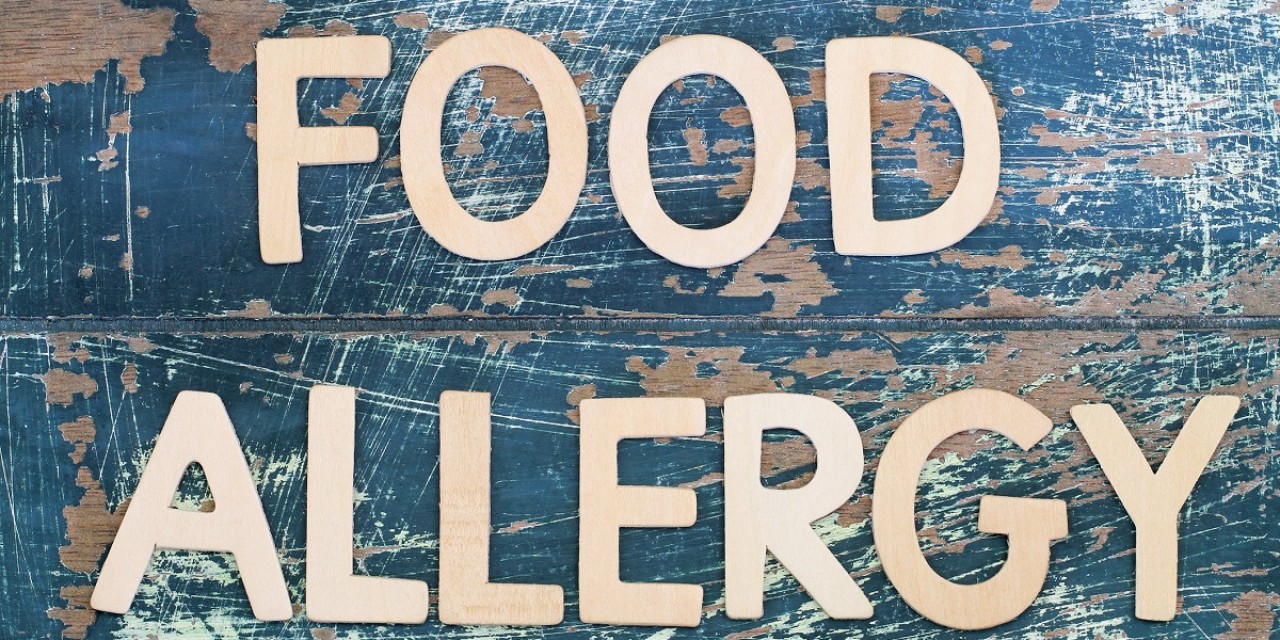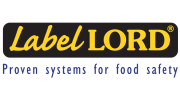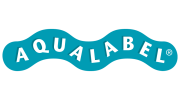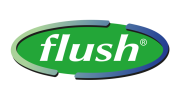The difference between allergy and intolerance
Increasingly more people get the diagnosis 'allergy' or 'intolerance' when it comes to allergens. Informing your guests about the allergens present in your dishes is not only important, but also compulsory. Finally, it is about the safety of your food and satisfied guests. In response to our newsletters, we have been asked the question "what's the difference between allergy and intolerance". We will highlight the important differences.
Proteins
Almost all foods contain proteins. Think of milk, cheese, meat, nuts, legumes and fish. Normally these proteins cannot be harmful, in fact our body needs them.
Allergy
In an allergic reaction, our immune system reacts very violently to certain proteins: the allergens. Milk protein can be an allergen. If someone with a cow's milk protein allergy ingests this protein, the defense system will fight it. In his or her body, antibodies are created and histamine is released. At that time, allergic complaints arise. There are several ways to diagnose food allergies.
Allergic complaints
There are many ways in which reactions can present. The most commonly known are skin complaints (redness, itching, eczema) or stomach or digestive reactions (nausea, abdominal pain, diarrhea, vomiting), but also eye problems (itching, tears) occur. Airways reactions (clogged nose, sneezing, tightness, wheezing) or cardiovascular reactions (sweating, dizziness, low blood pressure) can take very serious forms. And last but not least, swelling build-up (angioedema) can occur, usually in the face. A swelling of the airways can be life threatening.
Food intolerance
An intolerance is a non-allergic reaction to nutrition. The body’s defense system has no or an insignificant role in this. An intolerance may be due to a deficiency of a particular enzyme, such as with lactose intolerance. In this case, too little lactase is produced (an enzyme that causes milk digestion) and not all lactose in the body is digested. This causes complaints such as nausea and vomiting, flatulence, diarrhea and abdominal pain. The foods that cause intolerance complaints are called ‘triggers’, not allergens.
Milk
People who respond to milk can have milk allergy or lactose intolerance. Lactose is a milk sugar. In most milk products, both milk proteins and milk sugar occur. In order to mark products that do not contain milk (lactose), LABELLORD has designed special allergen labels. Using these labels ensures that your milk-free dishes can be safely used.




